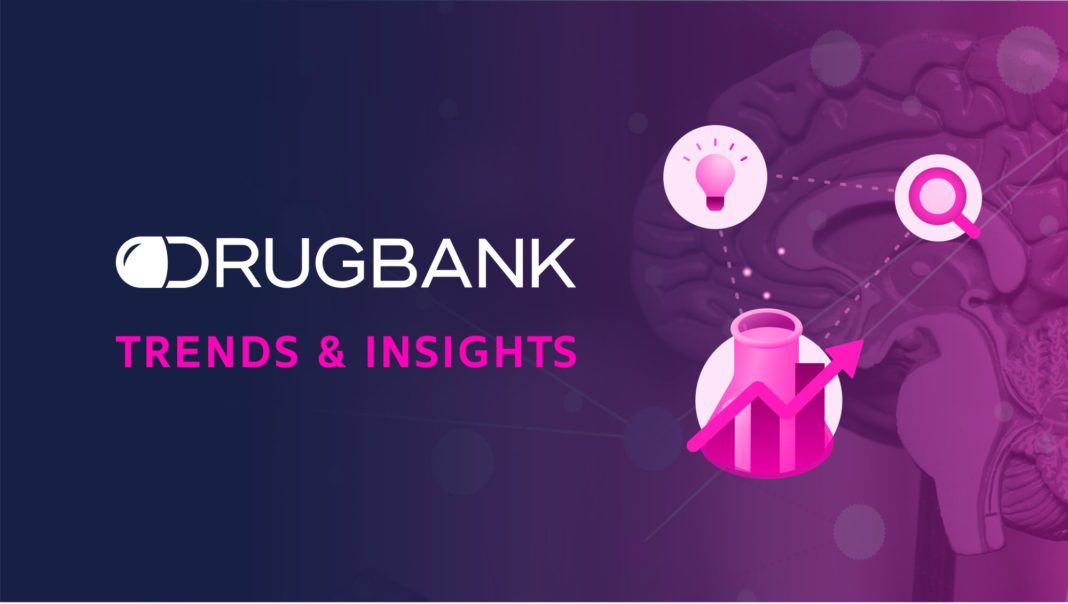DrugBank is the world’s largest online database of drug and drug-target information. We provide trusted and structured data to researchers who are discovering drugs and innovative approaches.
As we continue to grow our products and knowledgebase we have seen ourselves cited in thousands of published papers worldwide. Thanks to our DrugBank Online users, we are helping contribute to groundbreaking discoveries.
Our curation team has pulled together a spotlight of recently published papers on the forefront of innovation and discovery that are using DrugBank to help power their research.
NOD: a web server to predict New use of Old Drugs to facilitate drug repurposing.
Drug development is an expensive process that can cost up to 2.8 billion dollars. The goal is always to bring an effective treatment to market that will help manage or possibly cure an illness. However, there are many unavoidable complications that often result in failure. A strong alternative is drug repurposing, which looks for new uses in existing compounds.
Recently, Tarun Narwani and her team at the Indian Institute of Science developed a free model called NOD (New use of Old Drugs) that uses a ‘similarity search sequence’ approach to match similar versions of a given protein to compounds from DrugBank to determine if there is an interaction. Results can appear within minutes and show which FDA-approved and investigational drugs have a potential therapeutic effect apart from their original use. This rapid search of protein homologs with their corresponding drugs can significantly reduce the time it takes for researchers to discover new mechanisms of action, biological processes, and uses for an already existing drug.
Drug repurposing gives drug data, which may otherwise have gone unused, a second life. It also reduces the time and resources needed to bring a drug to trial, offering efficiency and efficacy to people confronting rare and difficult to treat diseases.
The protein inputs of an ultra-predictive aging clock represent viable anti-aging drug targets
Aging clocks are machine learning models with the capability to predict age after being given a set of inputs. Researchers of this paper recently developed an aging clock using protein inputs that has excellent accuracy in its predictions and has the ability to measure biological age. In their research process, they used both the DrugBank knowledgebase and the GLAD4U database.
It was found that 269 of the inputs were related to genes that were responsible for aging and could be manipulated. Aging clocks at the epigenetic, transcriptomic, and proteomic level were used to assess various protein inputs. They concluded that these inputs used for age prediction are a fantastic source of information for anti-aging drug targets.
Researchers from across the globe, with a range of focuses choose DrugBank as their source for reliable, verified data. From using our structured data to validate machine learning models to finding potential drug candidates, we offer data-driven solutions for many use cases.
DrugBank’s database includes more than 21,000 drug-protein interactions, 130,000 drug product listings, drug-target data that includes proteins, gene identifiers, sequences, and so much more. With both paid and free academic licenses available, there are options to suit all of your research needs.
Sign up now to explore our extensive datasets and see how we can help you get to your findings faster.
